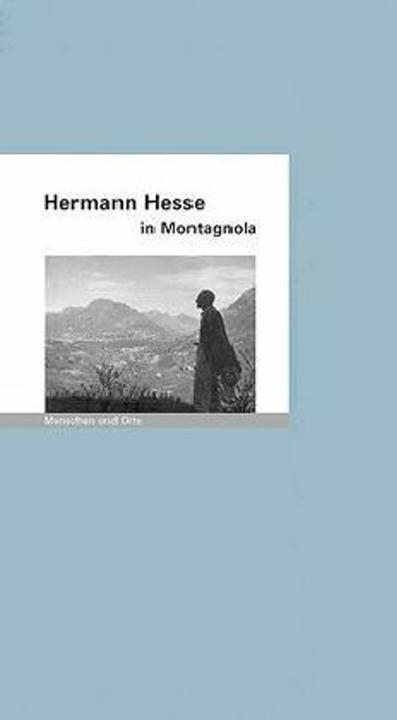
Best Edition A. B. Fischer products in the Reference books category
On this page you'll find a ranking of the best Edition A. B. Fischer products in this category. To give you a quick overview, we've already ranked the most important information about the products for you.
1. Edition A. B. Fischer Hermann Hesse in Montagnola
The writer Hermann Hesse (1877-1962) was 42 years old when he settled in Ticino. After the failure of his marriage, he sought peace and new inspiration in Montagnola. Initially, he lived in the Casa Camuzzi, a small castle overlooking Lake Lugano, and later in the Casa Rossa, a villa donated by a friend. Many of the works that established his international literary fame were created here: 'Klingsor's Last Summer', 'Steppenwolf', 'Siddhartha', and 'The Glass Bead Game', as well as numerous watercolors in his very personal painting style. Montagnola is no longer a village, but traces of Hermann Hesse can still be found.

2. Edition A. B. Fischer Angelika Fischer
Literary-biographical essay with current photos of Angelika Fischer, supplemented by historical illustrations. A total of 56 illustrations in color-tinted duotone. Sealed.
Rome, the 'Eternal City' on the Tiber, has always played a special role in the life of Austrian poet and writer Ingeborg Bachmann (1926-1973). After receiving the Group 47 Prize for her poetry collection 'Die gestundete Zeit' in 1953, she moved to Italy and lived there as a freelance author. She soon settled in Rome, where she worked, among other things, as the Italian correspondent for the Westdeutsche Allgemeine. By the time of her highly regarded poetry collection 'Anrufung des Grossen Bären', she was considered a significant voice in German-language poetry of her time. Her texts were important inspirations for composer Hans Werner Henze. After stops in Munich and Zurich, she was drawn back to Rome, where she lived with Max Frisch from 1960 onwards. The separation from the Swiss author in 1962 deeply shook her. After a longer stay in Berlin, she returned to Rome in 1965, where she lived in seclusion and published poetry only sporadically. In her constant struggle with her pill and alcohol addiction, she worked on her novel cycle 'Todesarten', of which only the first volume, Malina, was published in 1971. Ingeborg Bachmann died in 1973 at the Sant'Eugenio Hospital (Rome) from the consequences of a fire accident in her apartment.
Irene Fussl is a staff member of the Ingeborg Bachmann Archive in Salzburg, and Arturo Larcati is a professor of German literature at the University of Verona.

3. Edition A. B. Fischer George Ponciano:Amália Rodrigues in Lis
Amália Rodrigues (1920-1999), the grand dame of Portuguese Fado singing, remains a symbol of Portugal's cultural identity 25 years after her death. The singing flower girl from the Lisbon underclass transformed overnight into a Fado icon during Portugal's misogynistic dictatorship. Until then, few knew the fateful song of the Portuguese. With Amália Rodrigues, that changed dramatically, as she was able to express the hidden power of fate in Fado and move her audience to tears worldwide. In her home, she found the strength to immortalize the melancholy of the Portuguese—and her own. Thanks to her life's work, Portugal's Fado was recognized as an intangible UNESCO heritage in 2011.

George Ponciano:Amália Rodrigues in Lis
German, Angelica Fisher, Catrin George Ponciano, 2024
4. Edition A. B. Fischer Otto Dix in Hemmenhofen
The painter and graphic artist Otto Dix (1891-1969) was at the height of his fame when the Nazis expelled him from his professorship at the Dresden Academy in 1933. His art was considered degenerate. In September 1936, the artist retreated with his family to a newly built house in the fishing village of Hemmenhofen on Lake Constance, located on the Höri peninsula. Here, Dix rediscovered the fascination of the landscape for his painting. He also painted scenes from the Christian realm of ideas, subtly taking a stand against militarism and war. Hemmenhofen remained a refuge for him until the end of his life. After the Otto Dix House was placed under the care of the Stuttgart Art Gallery, the house was restored in accordance with heritage preservation standards. Many original pieces of furniture and personal items from the painter and his family were recovered, giving this artist's house an authentic atmosphere. Thus, in 2018, our successful publication with many new photographs by Angelika Fischer will be re-released in a thorough revision!.
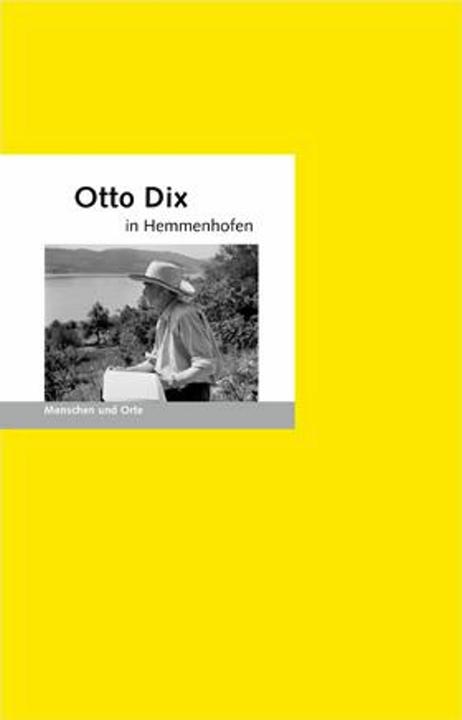
5. Edition A. B. Fischer Annette von Droste-Hülshoff
The poetess Annette von Droste-Hülshoff (1797 - 1848) moved to the idyllic Rüschhaus near Münster in 1826 with her mother, her sister Jenny, and her old nurse. Here, in the seclusion of the countryside, a large part of her lyrical work and the famous novella The Jew's Beech was created. In her "snail shell," the narrow rooms on the upper floor of the house, she spent countless hours on the sofa, writing poetry and dreaming. Even today, a peculiar charm remains that recalls the quiet woman who rose to become Germany's greatest poetess.
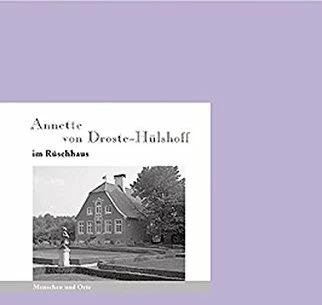
6. Edition A. B. Fischer Die Geschwister Bronte in Haworth
Northwest of the textile town of Bradford lies the unassuming weaver village of Haworth, nestled in the midst of the Yorkshire moors. At its elevated end, next to the village church, stands the parsonage. Both are surrounded by an extensive, gloomy cemetery with hundreds of gravestones and slabs that tell the story of a hard life in this remote area. In April 1820, the Irish-born pastor Patrick Brontë moved here with his family. His four surviving children, son Branwell and daughters Charlotte, Emily, and Anne, began creating imaginative stories about the fictional kingdoms of "Angria" and "Gondal" as early as eight or nine years old in this solitude. Over the years, the stories gained sophistication and eventually found their completion in novels that are both autobiographical and shaped by extensive reading and a boundless imagination. Charlotte describes the terrible conditions in girls' boarding schools in "Jane Eyre" and the resistance of many weavers against the Industrial Revolution in "Shirley." Readers often wonder where the shy and reclusive Emily drew the strength for her powerful novel "Wuthering Heights," in which the violence of nature confronts the violence of evil embodied by Heathcliff. And the unassuming Anne is now celebrated for her works "Agnes Grey" and "The Tenant of Wildfell Hall" as an early emancipatory author. Franz-Josef Krücker first encountered the Brontës during his English studies in Cologne and his work as a foreign language teacher in nearby Halifax. In the new issue of our popular series, he tells their story. Angelika Fischer provides an "indirect portrait" of the brilliant siblings and the aura of their living environment with her sensitive photographs.

Die Geschwister Bronte in Haworth
German, Angelica Fisher, Franz-Josef Krücker, 2023
7. Edition A. B. Fischer Edvard Munch in Warnemünde
The Norwegian painter Edvard Munch (1863-1944) had had enough of the hustle and bustle of the German art scene. After the exhibition in 1892 at the Association of Berlin Artists, where his paintings caused a huge scandal and made him famous and infamous, he restlessly roamed through German museums and the cultural centers of Europe. The heavy workload and alcohol excesses had taken a toll on him when, in 1907, he rented an old fisherman's house in the small Baltic seaside resort of Warnemünde. Here, he hoped to stabilize himself. However, he soon caused new scandals with his nude paintings. In 1908, he fled to a clinic in Copenhagen and eventually back to his Norwegian homeland.
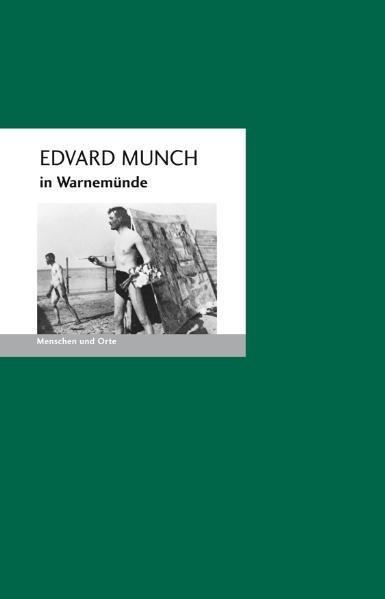
8. Edition A. B. Fischer Thomas Mann in Nidden
Thomas Mann in Nidden: People and Places.
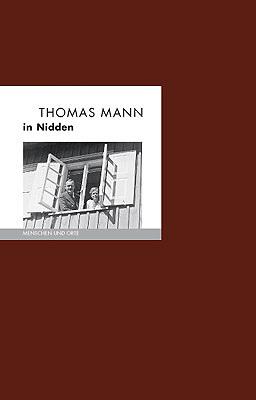
9. Edition A. B. Fischer Hultenreich:Friedrich Rückert in Neuses
Friedrich Rückert in Neuses: People and places.
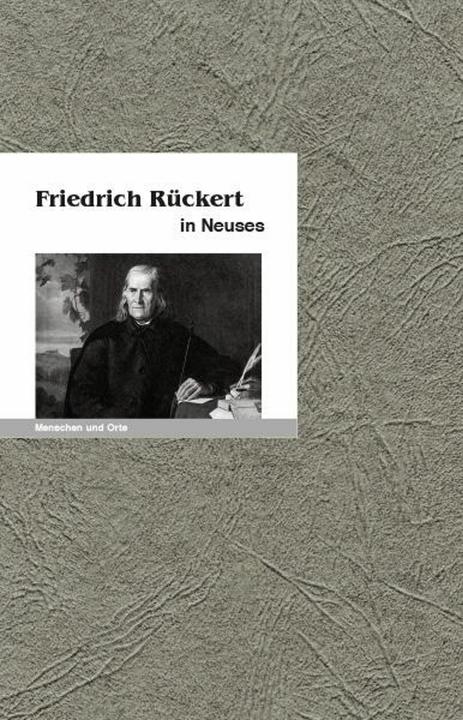
Hultenreich:Friedrich Rückert in Neuses
German, Jürgen K. Hultenreich, Angelica Fisher, 2024
10. Edition A. B. Fischer Das Hannover des Kurt Schwitters
Shortly after the end of the First World War, the Hanover-based artist Kurt Schwitters presented a collage in which he had processed the scrap of a piece of writing with the inscription Commerz. He self-confidently declared the second syllable of the word to be the name of his own art movement, his Dadaist overall world view Merz. Schwitters soon achieved international fame through his artistic work and his graphic designs. In relevant works on art history, the city of Hanover is mentioned in a row with the centres of the Dadaist movement in Zurich, Berlin and Paris, above all because of his work. It was here in Hanover that Kurt Schwitters performed his literary works in music halls. It was here that he created the Merzbau in his studio, a walk-in sculpture that continued to grow over the years and eventually sprawled through several rooms of the family flat. And here, one day, a poster with Schwitters' probably best-known poem An Anna Blume was stuck on the advertising columns and caused public discussion.
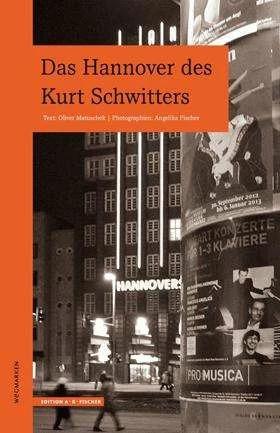
Das Hannover des Kurt Schwitters
German, Angelica Fisher, Oliver Matuschek, 2013